What is the future of workplace design?
Over the last couple of years, the world of work has undergone its biggest change for a generation. Not since computers replaced typewriters has there been such a sudden shift in how we work. People could argue that the move towards flexible working, accelerated by the pandemic, is an even greater change because it also influences where and when we work.
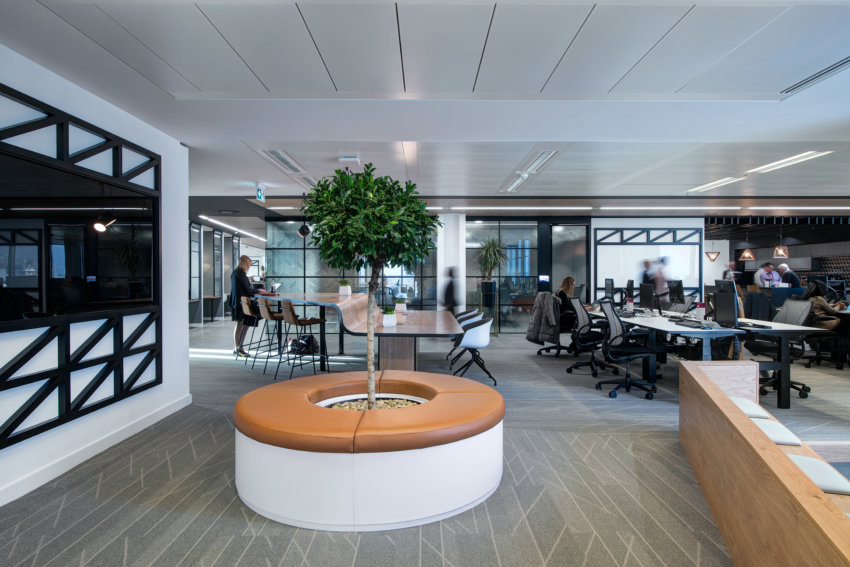
These days, businesses are actively exploring ways to innovate, future-proof their facilities and build flexibility and scalability into everything they do. Initiatives include introducing more people-focused work models and improving workspace connectivity to make it easier to manage facilities. Shifts in working patterns, and an increasingly diverse workforce with different needs, are influencing how workspaces look and function, and what they are used for.
As more people adopt flexible working patterns, many companies are finding that permanently allocated desks and inflexible spaces no longer work. Employees want access to collaborative spaces and quiet areas where they can focus on tasks. They also want their experiences, when they are in the workplace, to be more positive and stress-free.
By paying attention to when and how employees use their workspaces, companies are creating spaces that function better for their users and maximise efficiency.
Here we look at the current state of play in workplace design and the key issues that are likely to influence office layouts in the future.
What factors are driving change in current workplace design?
There are three major factors currently driving changes in workplace design. It is interesting to note that, to some extent, all of them have been influenced by the after-effects of the pandemic.
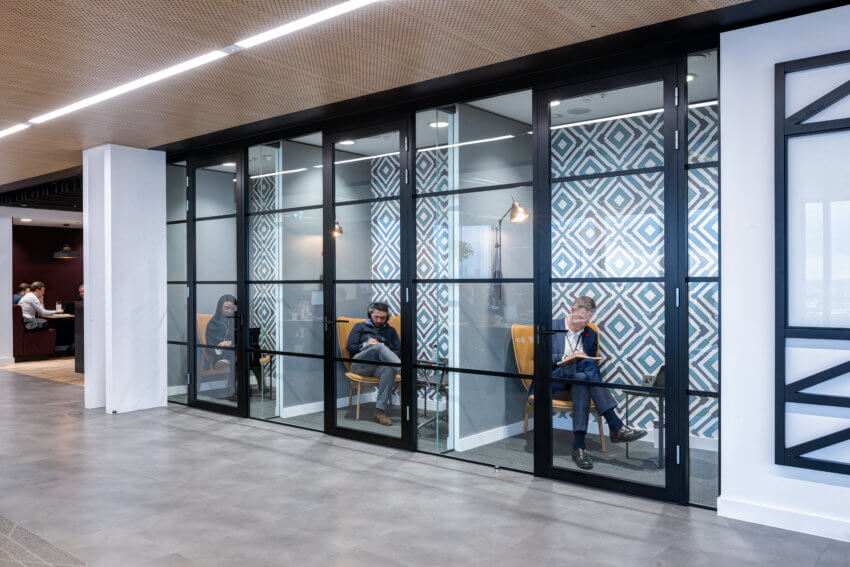
Flexibility and variety
With so much change in recent years, many businesses have realised that they need to be more flexible in terms of workspace design. This has meant introducing a mix of different workspaces, such as hot-desks, breakout zones for informal meetings and private work areas, alongside traditional workspaces and conference rooms. More open-plan layouts allow scope for the different spaces to be rearranged to meet changing needs.
Suitability for hybrid workers
One major influence is how well workspaces serve hybrid workers. With so many employees regularly working at home, the same level of functionality, reliability and access to data and applications is needed wherever they are. Creating uncluttered workspaces where employees can essentially plug-and-play their devices, means they can be up and running in any available space as soon as they get to work. Enabling face-to-face collaboration through shared environments is also important to keep hybrid workers connected to colleagues.
Smarter offices
Most forward-thinking businesses are actively exploring how technology can improve the workplace. For example, environmental sensors connected to the Internet of Things can optimise lighting, temperature and air quality for occupants. This both improves the workplace experience and saves money on utilities, which is also a key consideration in times of high energy costs. Also, space management tools, like Mitie’s app Aria, can help hybrid workers plan their days in the office by remotely booking desks and meeting rooms.
What will influence future workplace design?
While many businesses are still navigating the current changes, it is also important to be aware of the issues that will define the future of workplace design.
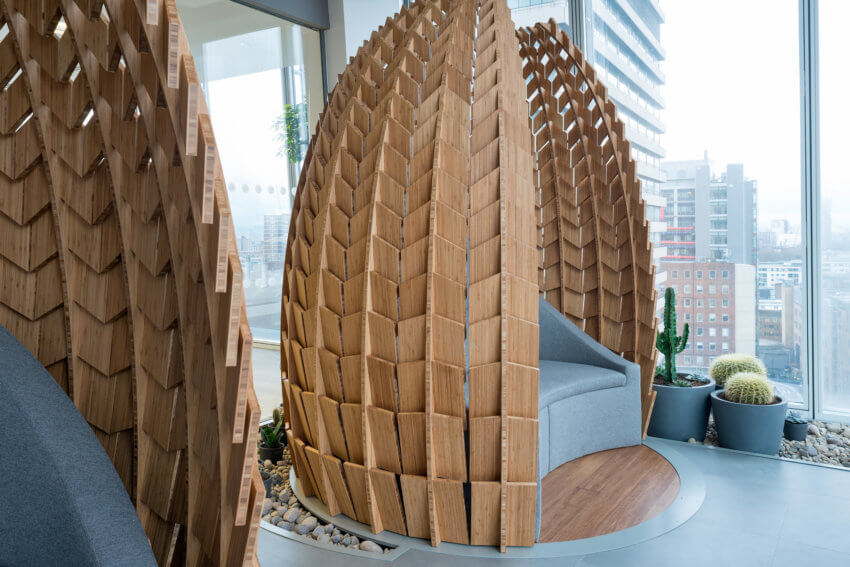
Sustainability
Operating a sustainable workplace has never been more important, for businesses and the people in them. Organisations have a responsibility to contribute to the decarbonisation of their industry. And there is an expectation from employees, customers and investors, that they will find greener and more socially responsible ways of doing things. That expectation extends to the talent pool, where increasing priority is given to employers with well-documented sustainable business practices.
Reconfiguring workspaces so that they use resources and materials more efficiently, combined with energy saving measures, can reduce the carbon footprint of your business.
Wellbeing
The pandemic took a physical and mental toll. Having to stay home for long periods, and not seeing friends and family in person, led many people to prioritise their emotional wellbeing. This is one of the reasons why the ‘Great Resignation’ became such a talking point. People no longer want to put up with unhelpful working practices or those that disrupt their work/life balance. Making sure that the office is a stress-free, welcoming environment, where employees can get on with their work, will improve the workplace experience and, by extension, wellbeing and productivity.
The first step is to understand how your employees feel about their workplace. As part of our Connected Workspace solution, Mitie has developed Sphere, a workplace effectiveness measurement tool. Sphere gives organisations a better understanding of how their buildings impact the people that use them and how supported employees feel as they go about their daily tasks. It also helps to reassure employees that their opinions are valued and their wellbeing is taken seriously.
Workspace designs that incorporate nature, like views of outdoor green spaces or indoor living walls and plants, are known to support employee health and wellbeing. As well as bringing the outdoors in, and being nice to look at, living walls and indoor plants improve air quality by absorbing CO2, as well as sound in spaces with hard surfaces.
Multi-purpose buildings
Workplaces are now being used for a wider range of activities, and in a more inclusive and collaborative way. Flexible spaces make it easier for teams of hybrid workers to get together. Also, employees who are comfortable working from home need more compelling reasons to travel to the office.
Mixing up the facilities, and including multi-functional areas, can make the workplace more accommodating and appealing to the whole workforce and encourage social interaction. Incorporating spaces, like on-site gyms, recreational areas and other spaces, can enhance the working environment and have a positive impact on the overall work/life balance of your employees.
From a design perspective, workplace environments will become much more modular. And it won’t just be the furniture that moves. Partition walls and raised access floors, with underfloor utilities, will make it easier to reconfigure spaces to suit the occupants and types of work.
How can Mitie help with your organisation’s redesign requirements?
Given the influences that will shape the workplaces of tomorrow, now is a good time to start thinking about how to embrace them on a more practical level.
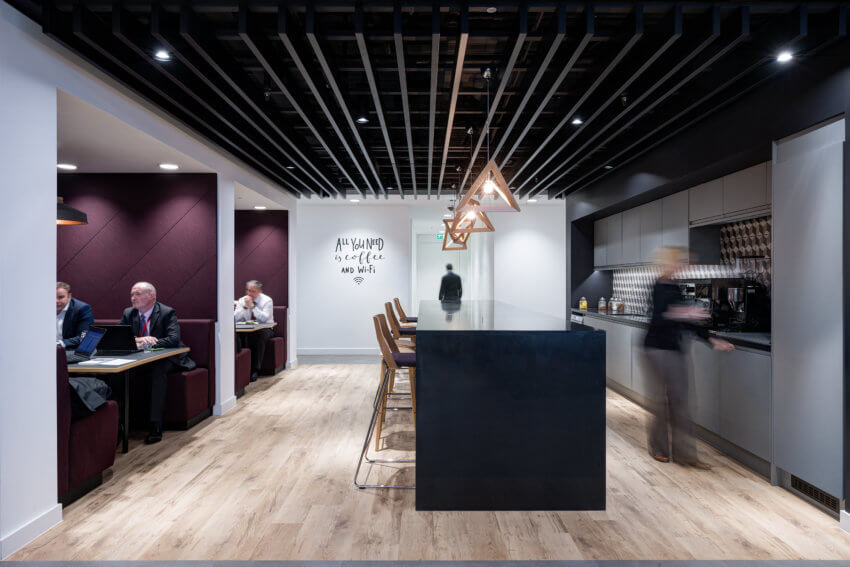
Navigating the best ways to change workplace design can be complex, especially in a fast-changing world, and it can be especially difficult to know where to start.
At Mitie, we have years of experience in helping businesses perfect their workplace design, to maximise flexibility, creativity and productivity, for employer and employees alike. We have turned the science of enhancing the workplace experience into a fine art.
We are one of the largest facilities management companies in the UK. Our team of workplace design specialists are backed up by a host of complementary services and solutions for indoors and outdoors. Our landscape services team are specialists in the art of designing, building and maintaining interior and exterior living walls. That, combined with the services provided by our project management and energy teams, means that our designers can provide a comprehensive end-to-end service for our customers.
Our capabilities, our knowledge of design trends, and our experience with businesses across the public and private sector, combine to make us the ideal expert partner for any business with workplace design needs.
Why not take that first step and find out what your employees think about their workplace. Get in touch with us today to arrange a demonstration of Sphere and to find out how we can help your business create the workplace your employees need.
Read next
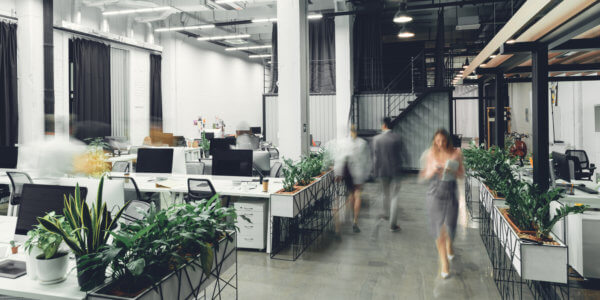
How Mitie uses technology to enhance workplaces
Work is a major part of most people’s lives, second only to our families in importance. The quality of our workplace makes a huge difference to our wellbeing and our productivity. So, does your…
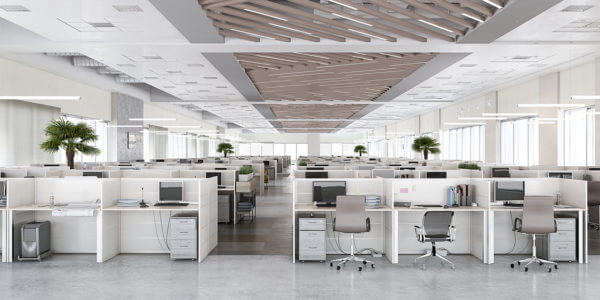
How workspace design has changed post-Covid
When the Covid-19 pandemic appeared in early 2020, the everyday working lives of many people were turned upside down almost overnight. Working from home had been an occasional diversion for a few colleagues, but…
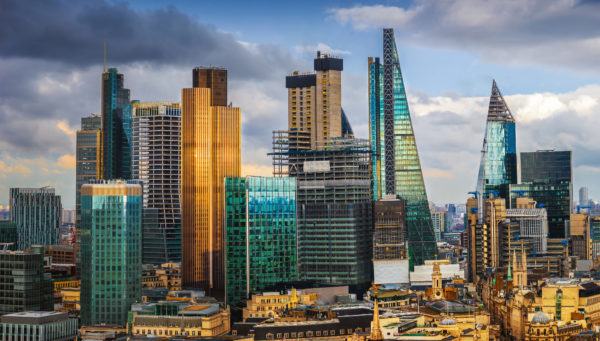
Mitie bolsters hybrid workspace evolution with the launch of Sphere
Mitie has launched Sphere, its new technology solution to help businesses design the most effective workspaces for their people.